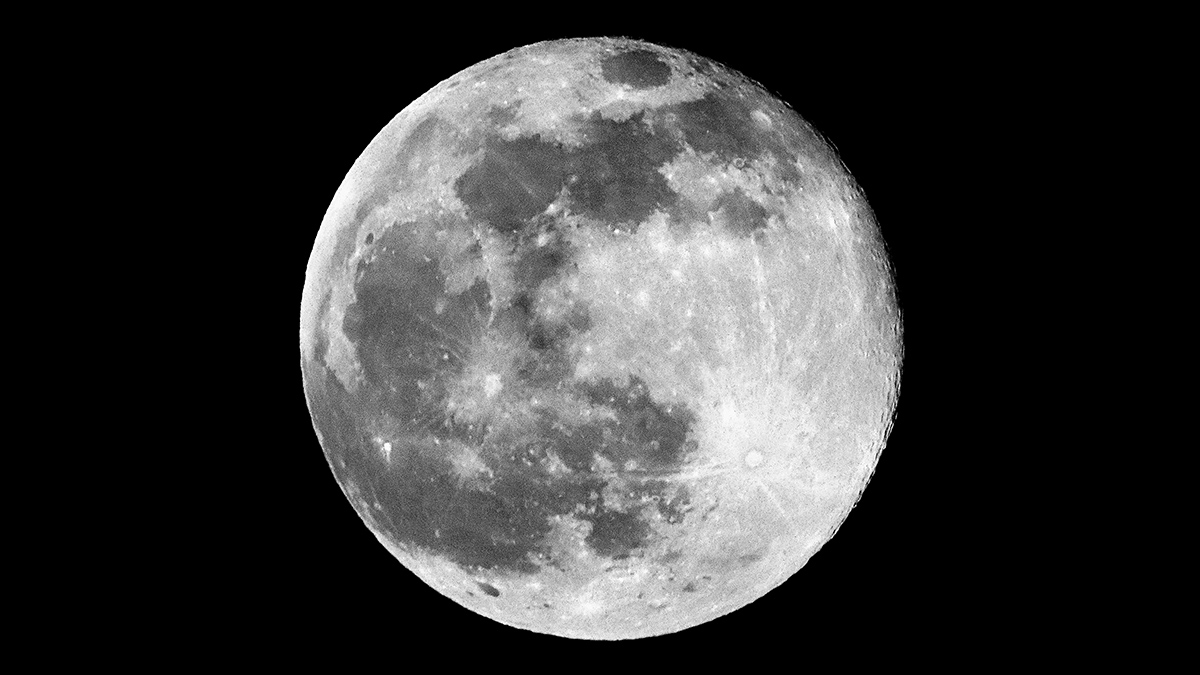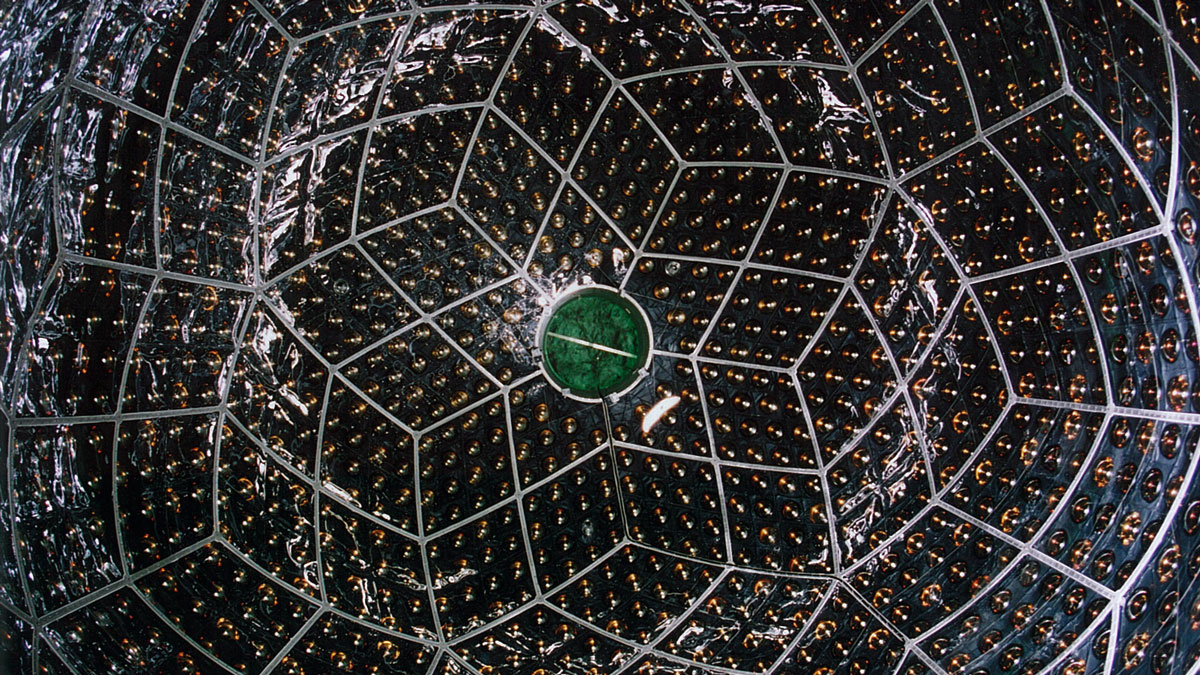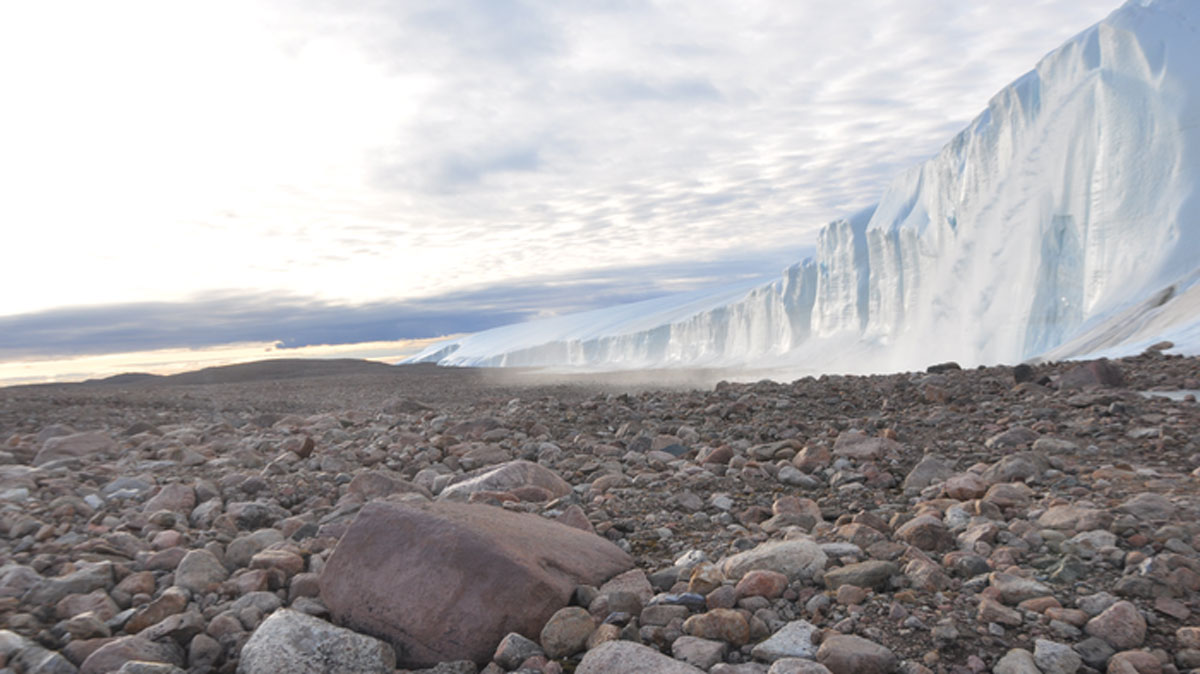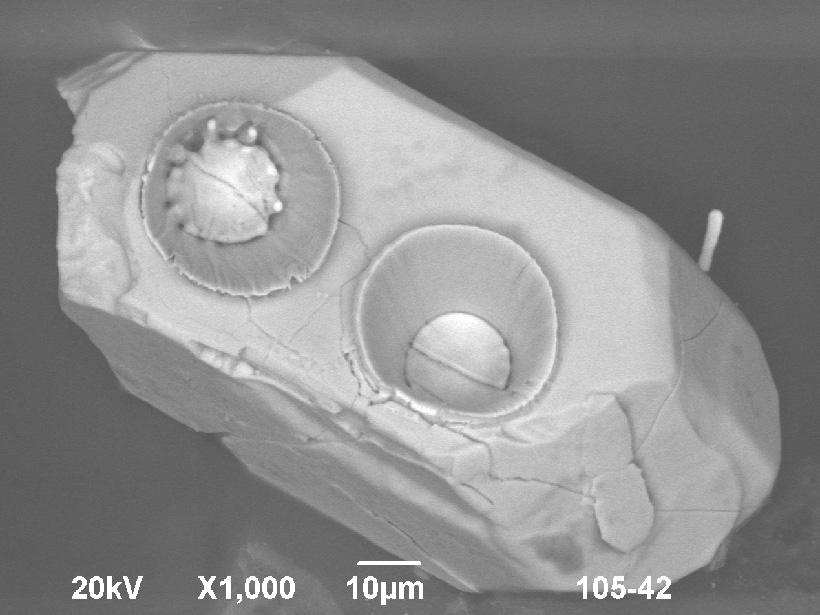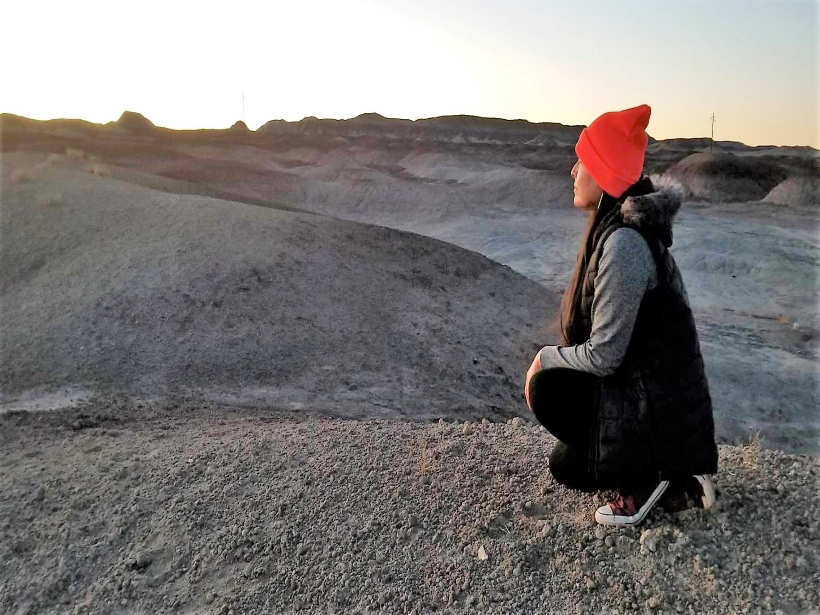Modern ice loss from Greenland rivals the most dramatic episodes of ice sheet collapse.
uranium
Radioactive Isotopes Trace Hidden Arctic Currents
Tracing anthropogenic radionuclides shows researchers how water from the Atlantic flows into and mingles with Arctic currents.
Ignored Paths of Uranium Exposure Illuminated by Havasupai Tribe
An agency-tribal partnership is identifying exposure risks previously not considered in mining risk assessments.
The Moon Is Even Older Than Scientists Thought
How did the Moon form and how old is it? The most precise dating yet of Earth’s largest satellite found that it is much older than previously thought.
Estimating Uranium and Thorium Abundance with Geoneutrinos
Terrestrial electron antineutrino observations provide new constraints on the contributions of radiogenic heat in the mantle.
Uranium Detected in Latinx Communities’ Water Systems
The unsafe contaminant levels could not be attributed to differences in regional geology, water source, or community size. Researchers suggest they are due to a failure of regulatory policy.
Impact Structure Hidden Under Arctic Ice Dates to the Paleocene
Greenland’s Hiawatha impact structure, more than 30 kilometers in diameter, is much older than previously thought, new results suggest.
Vestiges of a Volcanic Arc Hidden Within Chicxulub Crater
Scientists discovered magmatic remnants of a volcanic arc by dating granitic rocks of the middle crust excavated by, and hidden within, the Chicxulub impact crater.
Certain Rock Formations Can Lead to In-Home Radon Risks
Researchers in Kentucky have merged results from home test kits with the state’s geologic map to produce a map of indoor radon potential based on the geology underlying homes in the state.
Contamination of Medicinal Plants: Implications for Indigenous Health
A new study will trace the legacy of uranium mining on commercially available medicinal plants.




